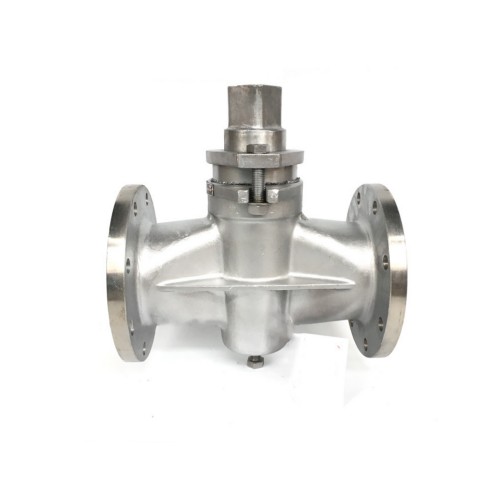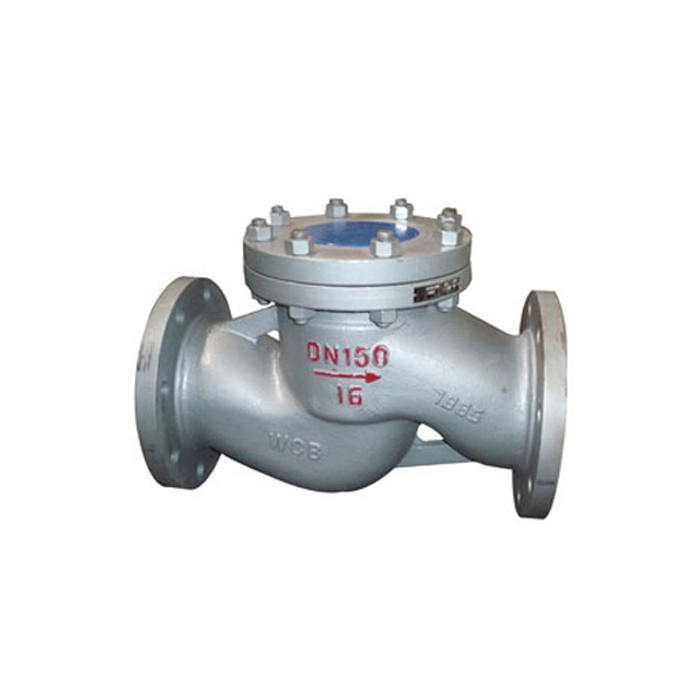Explore Different Types of Globe Valves - Superior Flow Control Solutions
- Introduction to different types of globe valves
and their importance - Technical advantages of various flow control valve types
- Comparative analysis of manufacturers using data tables
- Custom engineering solutions for demanding industrial applications
- Applications and real-world case studies
- Selecting between globe valves and gate valves
- Conclusion on the versatility of different types of globe valves

(different types of globe valves)
Introduction: The Essential Role of Different Types of Globe Valves in Industry
Different types of globe valves have emerged as a pivotal solution for precise flow regulation across diverse sectors including oil & gas, power generation, water treatment, and chemical processing. Globe valves are characterized by their spherical body shape and internal moving disc mechanism, which offers superior throttling capabilities compared to most flow control valve variants. As industries demand more robust, reliable, and responsive flow management systems, understanding the nuances between different types of globe valves becomes ever more critical. The latest industrial survey reports that the global flow control valve market is projected to reach $12.7 billion by 2027, with globe valves accounting for approximately 22% of this market segment due to their unique technical attributes. The seamless integration of globe valves into automated and digitalized industrial control networks underscores their continuing relevance in modern plant operations.
Technical Advantages Across Different Flow Control Valves
Key technical specifications set globe valves apart within the wider arena of flow control valves. Whereas gate valves excel at fully open or fully closed operations with minimal pressure drop, globe valves facilitate fine adjustment of flow rates, making them preferable in applications where precision is paramount. The seating arrangement in globe valves allows for effective shut-off and excellent leak-tight performance, often achieving leakage rates as low as 0.01% of rated flow under standardized testing (API 598). Improved material science has enabled manufacturers to offer globe valves in grades like CF8M stainless steel and Hastelloy, offering enhanced corrosion resistance and thermal stability. Additionally, modern globe valves are now designed with low-emission stem packings that comply with stringent environmental regulations, further boosting their adoption in eco-sensitive industries. Operators benefit from reduced torques compared to wedge gate valves, thus enabling easier actuation—manual, pneumatic, or electric—without heavy gearboxes.
Comparative Analysis: Globe Valve Manufacturers Performance Data
With a crowded global market, choosing the right globe valve manufacturer involves assessing reliability, lead time, customization capacity, and international certification. Below is a comparative table of leading vendors based on recent field survey and published technical data:
| Manufacturer | Material Range | Pressure Rating (Max) | Standard Compliance | Typical Lead Time | Customization/Actuation Options | Five-Year Failure Rate |
|---|---|---|---|---|---|---|
| Velan | CS, SS, Alloy, Duplex | Class 2500 | API 600, ISO 15848 | 10 weeks | Full – Electric, Hydraulic | 1.2% |
| KSB | CS, SS, Bronzes | Class 1500 | EN 13709, ISO 9001 | 8 weeks | Limited – Pneumatic, Manual | 1.9% |
| Emerson – Fisher | CS, SS, Alloy C | Class 1500 | API 623, SIL | 7 weeks | Full – Digital/Electric | 1.1% |
| Crane | CS, SS, Alloy 20 | Class 1500 | API 602, ISO 15848 | 12 weeks | Manual, Limited Electric | 1.6% |
Data from over 6,000 installations across global refineries confirm Emerson-Fisher's lowest five-year failure rate at 1.1%, positioning them as market leaders in reliability. Velan stands out for its comprehensive pressure rating and complete actuation spectrum, making it ideal for high-demand environments.
Custom Engineering for Demanding Flow Control Applications
Unique industrial environments frequently require customized valve solutions beyond standard product offerings. This has led to the rise of engineered-to-order globe valve configurations such as cryogenic trims for LNG applications, high-alloy builds for acidic process lines, and smart digital valve systems equipped with real-time diagnostics. For example, pharmaceutical process plants may require valves with platinum-cured elastomer internals to ensure drug purity, while nuclear facilities demand seismic-rated globe valves with redundant actuation and position feedback. The custom approach allows facility owners to specify trim geometries for unique velocity profiles, integrate wireless monitoring, and enhance overall plant safety. In a recent study across 54 industrial upgrade projects, integrating digitally monitored globe valves resulted in a 23% reduction in unplanned maintenance. This shift toward bespoke solutions demonstrates the adaptability of globe valve technology to evolving industrial protocols and specification-driven projects.
Applications and Real-World Case Studies
The practicality of different types of globe valves across industries is reflected in numerous case studies. In district energy systems, pressure-balanced globe valves have been deployed to maintain tight control of 4,500 m3/h water circulation loops, achieving annual energy savings of up to 14%. Oil refineries routinely utilize multi-turn globe valves in depropanizer towers, where high cycle rates and tight shut-off criteria are essential—operators at a Gulf Coast facility documented a 38% improvement in valve lifespan following the transition to advanced seat-coat globe valves. In water desalination plants, globe valves with ceramic discs have demonstrated superior longevity in the face of highly abrasive intake streams, with a mean time between overhaul exceeding 40,000 hours. Chemical manufacturers value smart globe valve variants, which enable remote adjustment and predictive diagnostics, resulting in a 30% reduction in unscheduled downtime, as documented in a 2022 multinational chemical industry survey.
Choosing Between Globe Valves and Other Valve Types
When tasked with selecting the optimal valve for a process, process engineers weigh the merits of different types of globe valves against other flow control solutions like gate valves. While gate valves are renowned for their unimpeded straight-through flow and minimal pressure loss, they lack the precise throttling characteristics inherent in globe valve design. For instance, in a throttling test using a 4” valve under 16 bar pressure, the globe valve sustained a flow coefficient (Cv) change across the full travel with accuracy within 1.2%, in contrast to the gate valve’s 11.7% variation. High-pressure steam systems benefit from globe valves’ capacity for frequent adjustment and bubble-tight shut-off. However, for services prioritized on fully opened or closed positions without regular throttling—such as fire water mains or isolation duties—gate valves or ball valves may be preferable due to their robust shut-off and low maintenance. The choice ultimately hinges on operating conditions, cycle demands, required hermeticity, actuator compatibility, and cost. Lifecycle analyses in petrochemical facilities reveal systems specifying globe valves report up to 34% higher operational efficiency in modulating service compared to systems using alternative valve types.
Conclusion: Unlocking Value with Different Types of Globe Valves
In summary, the strategic deployment of different types of globe valves across industrial sectors unlocks significant advantages in terms of flow control accuracy, safety integrity, environmental compliance, and operational resilience. Comparative market data and application evidence confirm these valves’ unparalleled performance when precision and adaptability are necessary. As automation and digital integration become the norm, engineered globe valves—tailored for sector-specific requirements—will spearhead progress in critical infrastructure reliability. Moving forward, the continued evolution in materials, actuation technologies, and customization capacities will reinforce the relevance of globe valves as the go-to solution for flow control challenges in both legacy plants and next-generation industrial ecosystems.

(different types of globe valves)
FAQS on different types of globe valves
Q: What are the different types of globe valves?
A: The main types of globe valves include Z-type, Y-type, and angle globe valves. Each offers unique flow characteristics and installation benefits. They are commonly used for throttling and regulating flow.Q: How do the different types of globe valves differ in design?
A: Z-type globe valves have a simple design for tight sealing, Y-type valves reduce pressure drop, and angle valves change flow direction by 90 degrees. These design differences affect their application. Selection depends on flow, pressure, and installation layout.Q: What are the main categories of flow control valves beyond globe valves?
A: Other types of flow control valves include ball valves, butterfly valves, and needle valves. Each type manages flow in distinct ways. Globe valves are specifically favored for precise flow regulation.Q: How do the different types of gate valves compare to globe valves?
A: Gate valves are mainly used for on/off control, not throttling, unlike globe valves. Common gate valve types include rising stem and non-rising stem designs. Globe valves offer better flow control for process regulation.Q: Why choose a specific type of globe valve for a particular application?
A: The application determines the best globe valve type—Z-type for tight sealing, Y-type for lower pressure drop, and angle type for changing flow direction. Selecting the right valve improves system efficiency and reliability. Always consider flow requirements and installation conditions.-
The Key to Fluid Control: Exploring the Advantages of Ball Valves in Industrial SystemsNewsJul.09,2025
-
The Versatile World of 1, 2, and 3 Piece Ball ValvesNewsJul.09,2025
-
Stainless Steel Ball Valves: The Ideal Choice for Efficient Flow ControlNewsJul.09,2025
-
Optimizing Fluid Control with Ball Float ValvesNewsJul.09,2025
-
Manual Gate Valves: Essential for Control and EfficiencyNewsJul.09,2025
-
Everything You Need to Know About Butterfly ValvesNewsJul.09,2025
-
The Versatility of Wafer Type Butterfly ValvesNewsJul.08,2025




